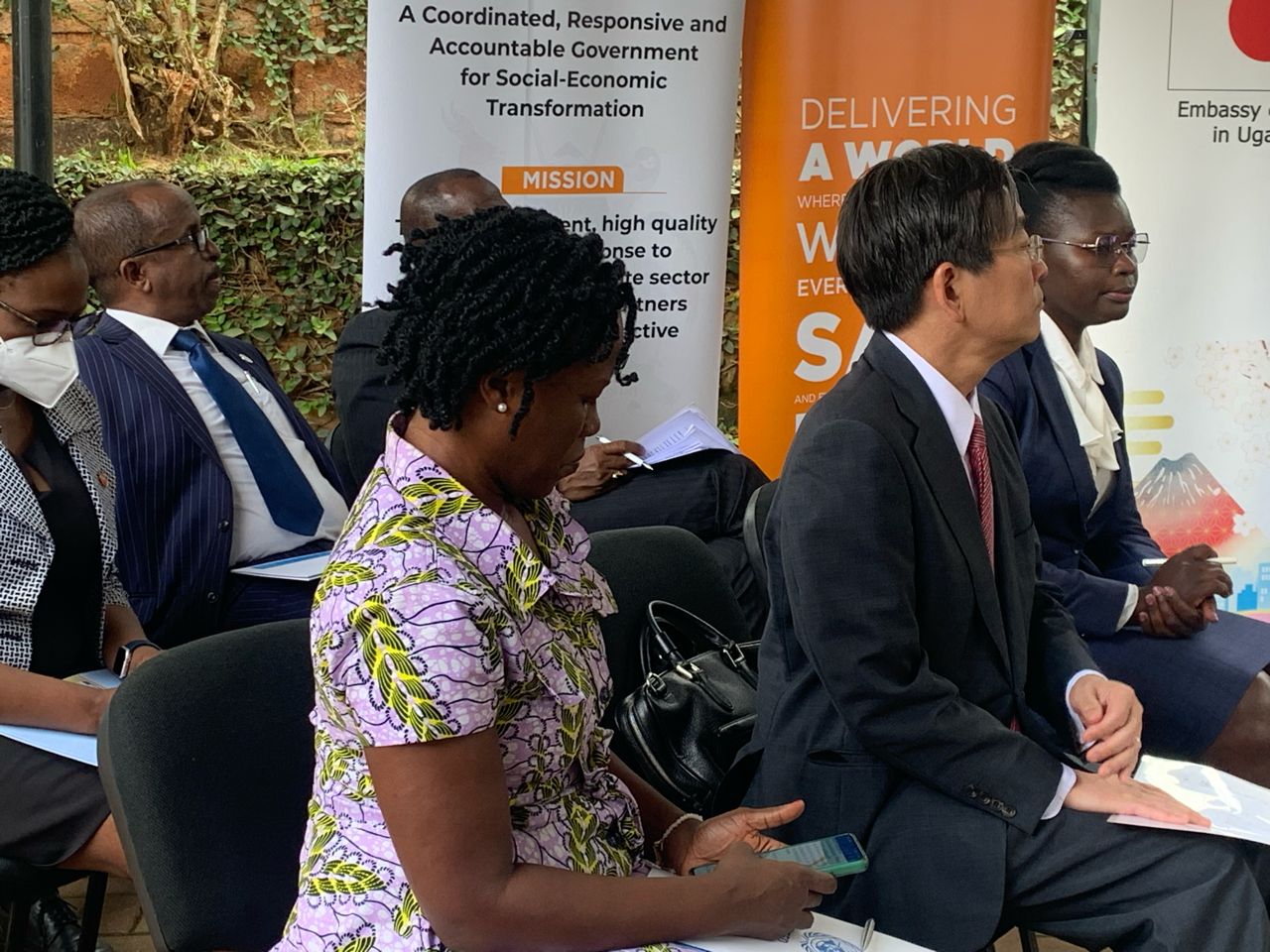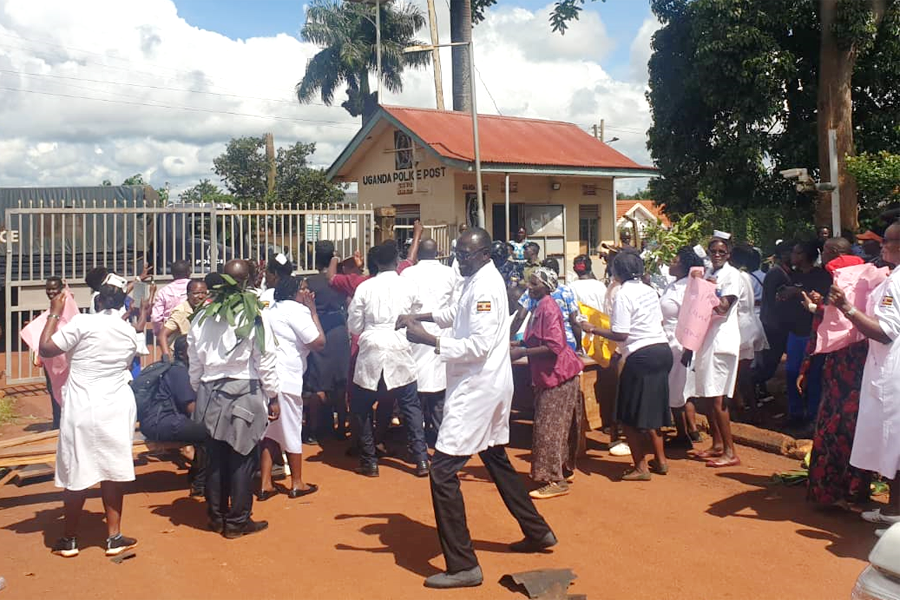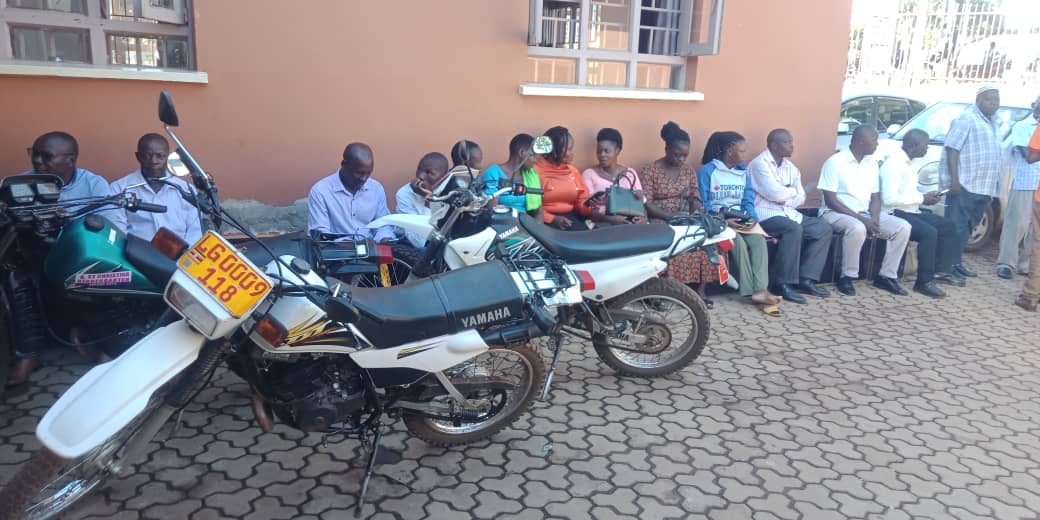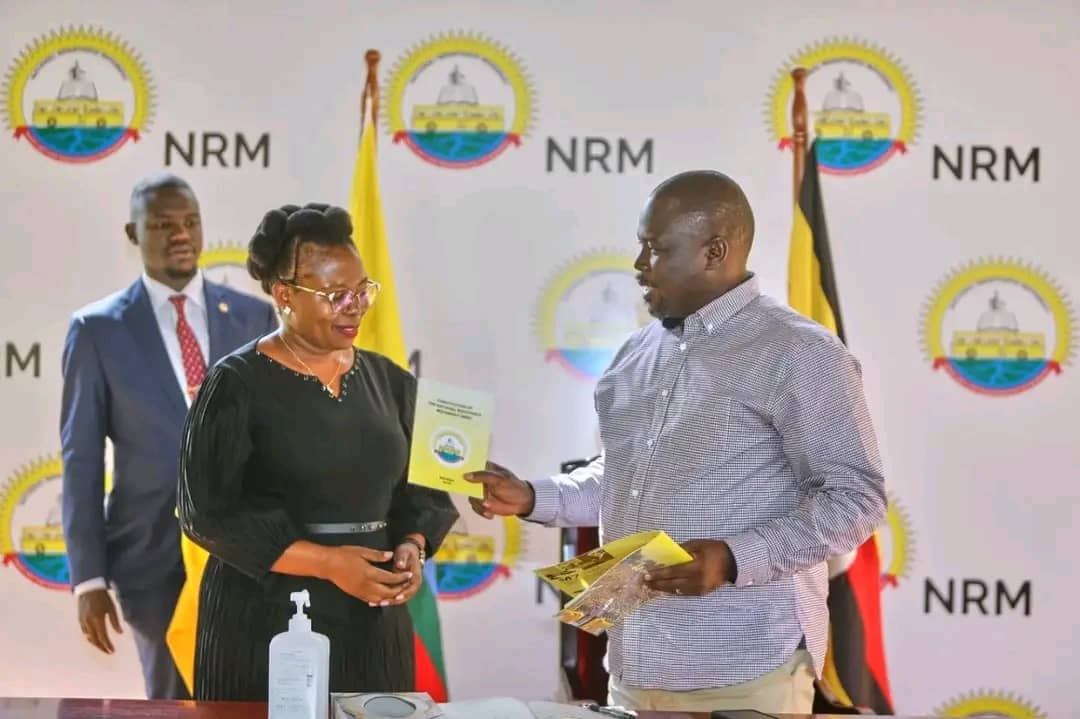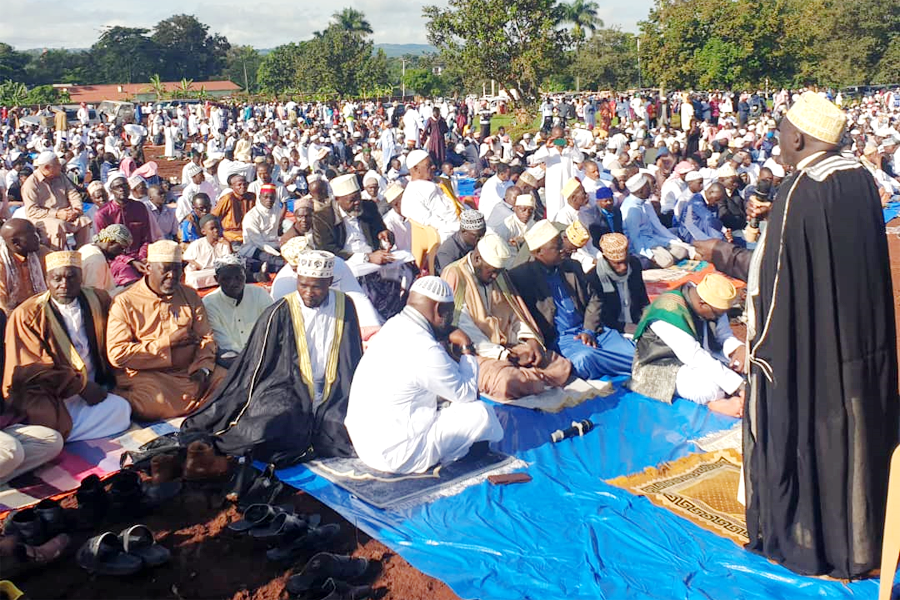Christmas has come early for farmers in Kalangala with a kilogram of fresh fruit bunches of oil palm reaching an all-time high of Shs1,130. The price of oil palm fresh fruit bunches has significantly increased from Shs465 in September 2019, an increment of 143%.
This price is also an increment on the November price of Shs1,103. Even though November is off-season, farmers collectively sold more than 4.4 million kilos of Fresh Fruit Bunches. Overall, there are 2,063 oil palm smallholder farmers in the district. Of these, more than 1,400 are women.
Keep Reading
David Balironda Mukasa, the Kalanga Oil Palm Growers Trust (KOPGT) General Manager says that increments in oil palm prices are a result of improvements in farming methods in Kalangala but also increased demand for biodiesels in Malaysia and Indonesia, the world’s leading oil palm growers.
“We are also seeing increased demand for crude palm oil in India and China. If we can grow more and reach our national target, we can start exporting crude palm oil as well,” he argues.
To meet the current national palm oil demand in Uganda, there is a need for growing 100,000ha of oil palm. At the moment, there are approximately 11,348ha in Kalangala and less than 8,000ha in Buvuma. The Buvuma crop hasn’t matured yet.
Commercial oil palm growing in Kalangala started in 2006 with the first harvests made in 2010. With support from the National Oil Palm Project (NOPP) of the Ministry of Agriculture, Animal Industry and Fisheries (MAAIF) with funding from the International Fund for Agricultural Development (IFAD), farmers have been able to get themselves out of poverty.
The Kalangala oil palm project is the first major agricultural Public-Private-Producer-Partnership (4P) model in Uganda. It built an innovative partnership between the private sector, local and national governments, and farmer organizations.
Under the arrangement, the Government of Uganda (GoU) made available land and provided fiscal incentives to leverage the initial investment from the private sector; the competitively selected private investor then develop a nucleus estate and processing capacity, and provided seedlings, agricultural inputs, and a transparent and reliable market to smallholder oil palm growers, hence the 4P model.
Through the project, the government has improved critical infrastructure like farm roads, fertilizer stores, ferry services, tractors and provided the growers with financial, technical, and organizational support through Kalangala Oil Palm Growers Trust (KOPGT).
This has enabled smallholder farmers to plant a new industrial crop up to the same standards as the Oil Palm Uganda Limited nucleus estate, assured them of a market for their produce, and enabled them to become suppliers to the Crude Palm Oil (CPO) mill – making it a genuine 4P model.
The 4P model is primarily built on trust. Transparent land purchases (‘willing buyer, willing seller basis’) for the nucleus estate and tenants/landlord relationship are the starting point. Clearly defined roles and responsibilities, articulated in written agreements, as well as transparent and formal mechanisms for shared governance and decision-making, have also been essential.
A key factor has been the transparent pricing formula that tags the price of Fresh Fruit Bunches (FFBs) paid to farmers to the average Crude Palm Oil (CPO) price in Malaysia, adjusted to factor in import transport costs. A similar mechanism has been established to determine the charges to farmers for seedlings and fertilizers.



